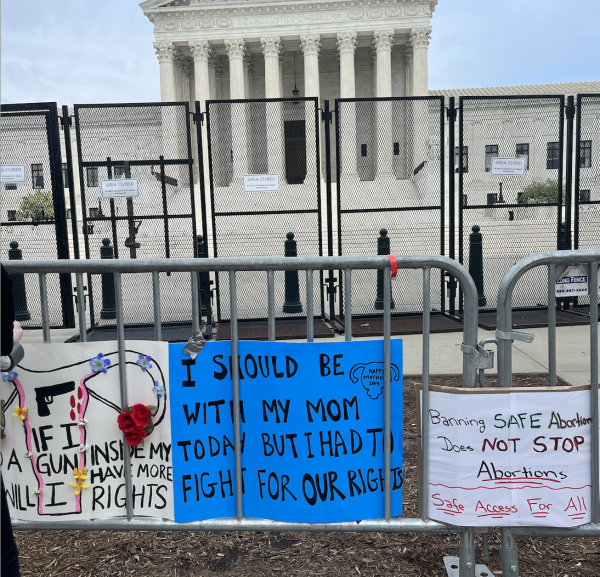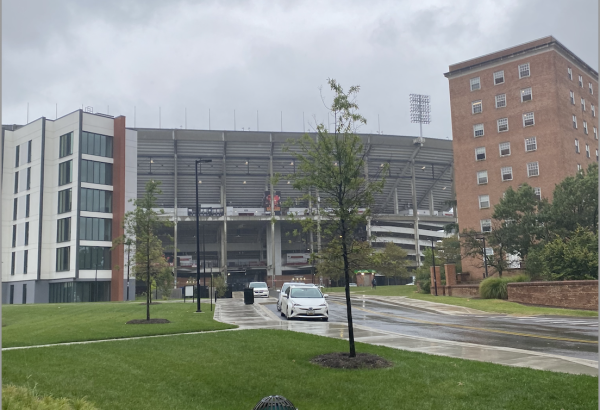Opinion: Hogan’s voting plan is problematic – we shouldn’t have to choose between our health and the health of our elections
As November nears and the 2020 Presidential Election approaches, Maryland Governor Larry Hogan has created a plan to address the logistics of holding an election during a public health crisis. Unfortunately, he made the unsafe decision to conduct in-person elections.
Because it is likely that large crowds of people will be at the polling centers, the Centers for Disease Control and Prevention has advised voters to take advantage of alternative voting methods in order to limit the spread of COVID-19.
Despite this warning, Hogan decided to push forward with his plan to conduct a traditional election.
For the primary elections this past June, the state mailed every registered voter a ballot. But in November, absentee ballot applications will be sent out instead, and polling locations will be opened.
Hogan feels that because the state encountered several problems when sending out the ballots for the primary, reverting to the normal process is best for the upcoming election.
However, achieving a sense of normality during the election process by opening polling centers is not worth putting people’s health at risk. Attempting to open more polling centers will be unsafe and nearly impossible, as polling centers can be held at senior centers, public schools or long-term care facilities that may be unavailable during these times.
Maryland is planning on opening approximately 350 polling centers statewide, a drastic decrease from the 2,162 locations opened for the 2016 general election according to the Maryland State Board of Elections.
The majority of election judges, who help run the polling centers, are seniors. Since seniors are in a high risk category for COVID-19, this year has proven challenging to find enough election judges to fully staff each polling center.
The second part of Hogan’s plan, sending out applications for absentee ballots, is also problematic.
Sending out two rounds of voting materials is significantly more expensive than the single round used for the primaries, and President of the Maryland Association of Elections Officials David Garreis says the state does not have the proper resources to handle the two-step process.
Data from June’s primary election indicates that this process will likely be ineffective. In June, more Maryland Democrats voted than in any other presidential primary in state history, likely due to the convenient mail-in process. The majority of Marylanders used the mail-in ballots, whereas less than 3% went to the in-person polls.
When Ohio attempted the system that Hogan has put in place for the November election, multiple problems arose. It took weeks for Ohioans to get their requested ballots, and many did not get theirs at all.
Any voter who requested a ballot and did not receive one before the deadline was given the option to cast a provisional ballot in person, but that meant they had to choose between their health and voting, a choice no American should ever have to make.
Ohio’s primary proves that this system will not work and will make what should be a simple process significantly more complicated. While I myself cannot vote, this system could force many Marylanders into an uncomfortable decision.
Many Republicans have expressed concern for voter fraud, the rigging of votes or manipulation of election results that could result from mail-in ballots and are advocating for in-person elections.
However, according to the Brennan Center for Justice, there is little-to-no evidence that this would occur. Since around 2000, voting by mail has become a much more common practice with voter fraud remaining at a minimum. In Oregon, over 100 million ballots have been sent in over the past 20 years with only about a dozen instances of voter fraud.
Considering the fact that voter fraud is extremely unlikely, and opening polling centers is very risky, Hogan needs to implement a system that will both look out for the health and safety of Maryland voters and lead to a successful election.











